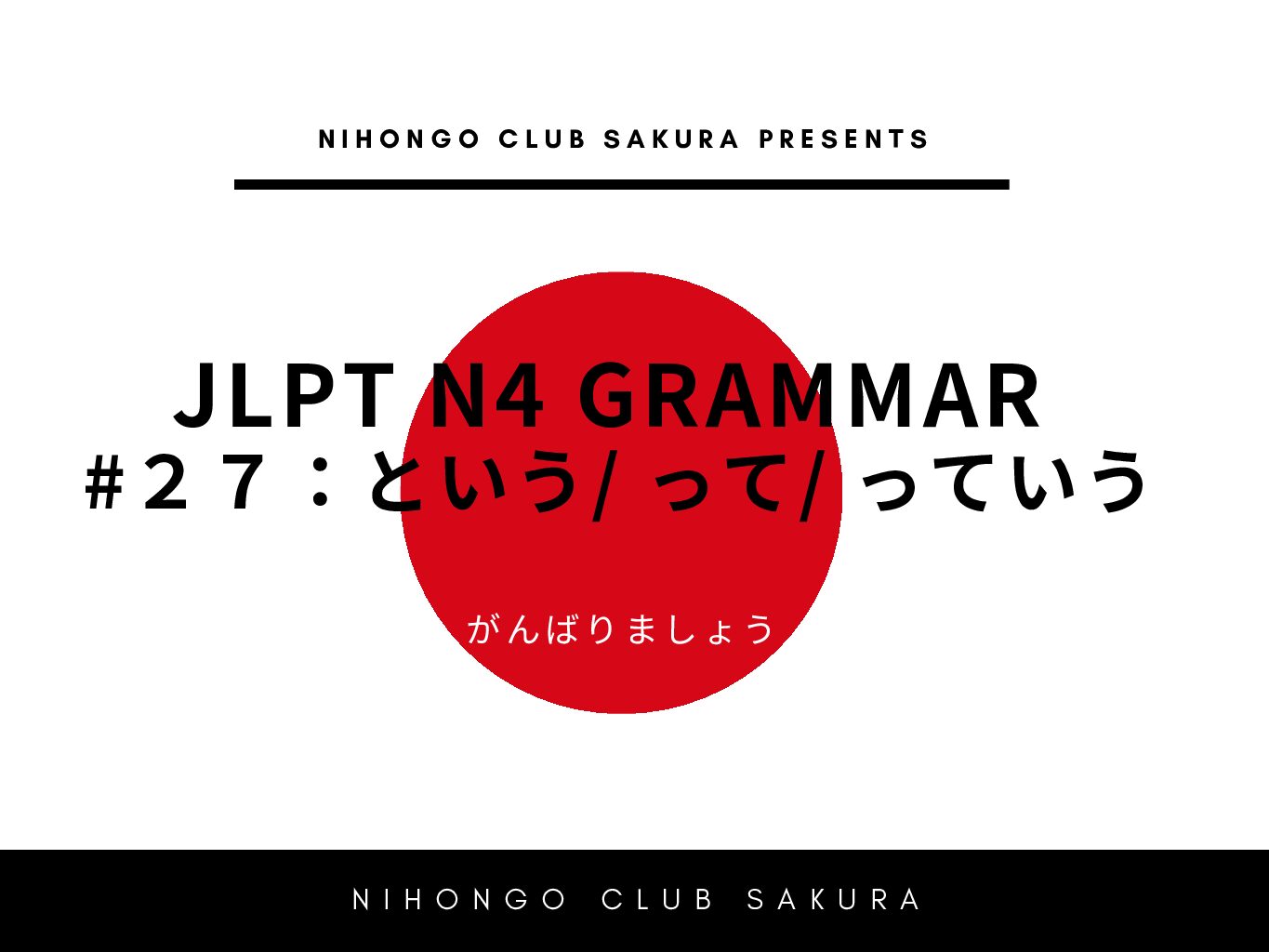 JLPT N4 Grammar Format
JLPT N4 Grammar Format JLPT N4 Grammar #26: という/ っていう/ って
【いみ】
named/ called
【ぶんぽう】
N + という/ っていう/ って*という is a written language while っていう and って are spoken language.
...
 JLPT N4 Grammar Format
JLPT N4 Grammar Format 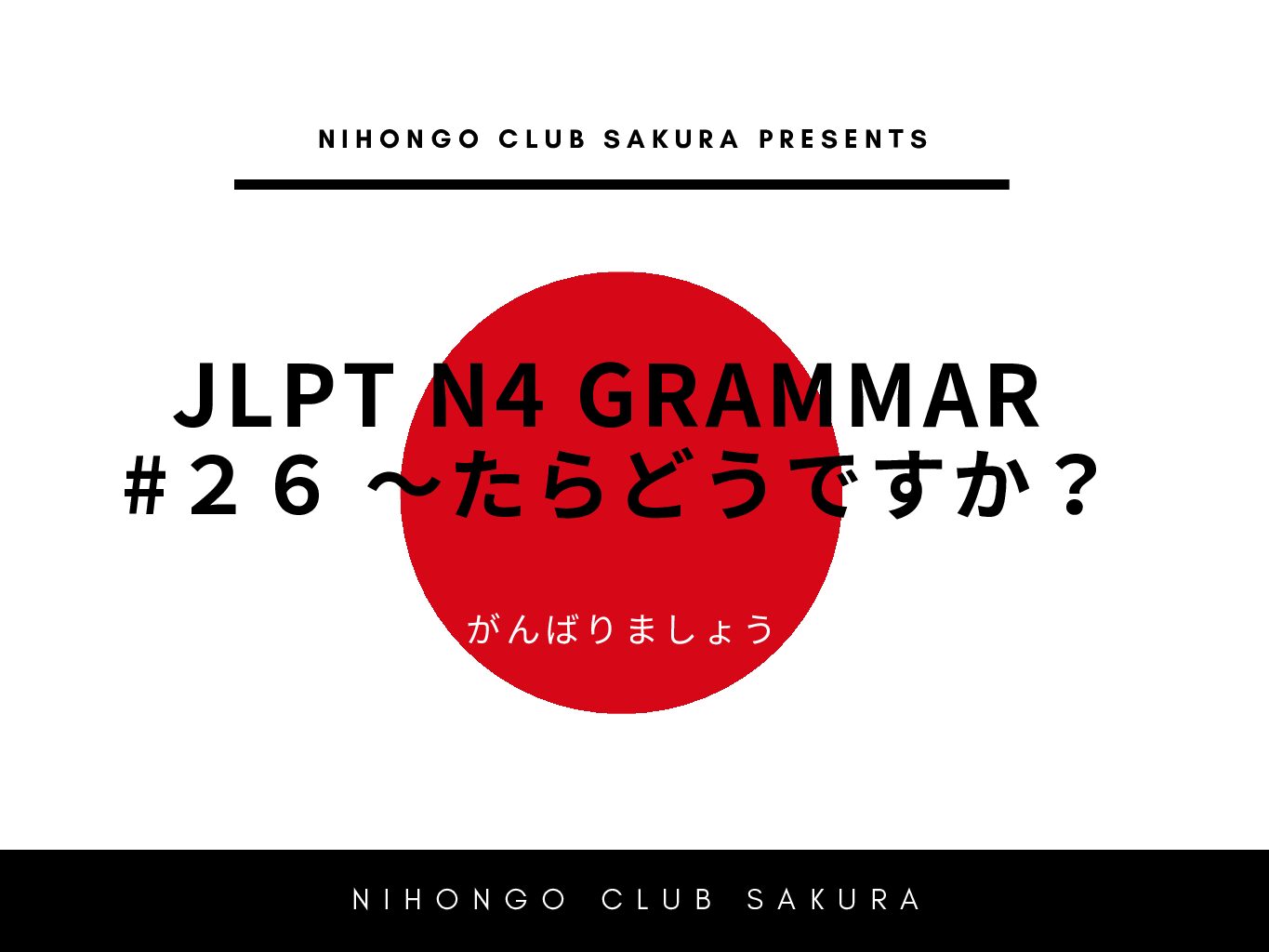 JLPT N4 Grammar Format
JLPT N4 Grammar Format 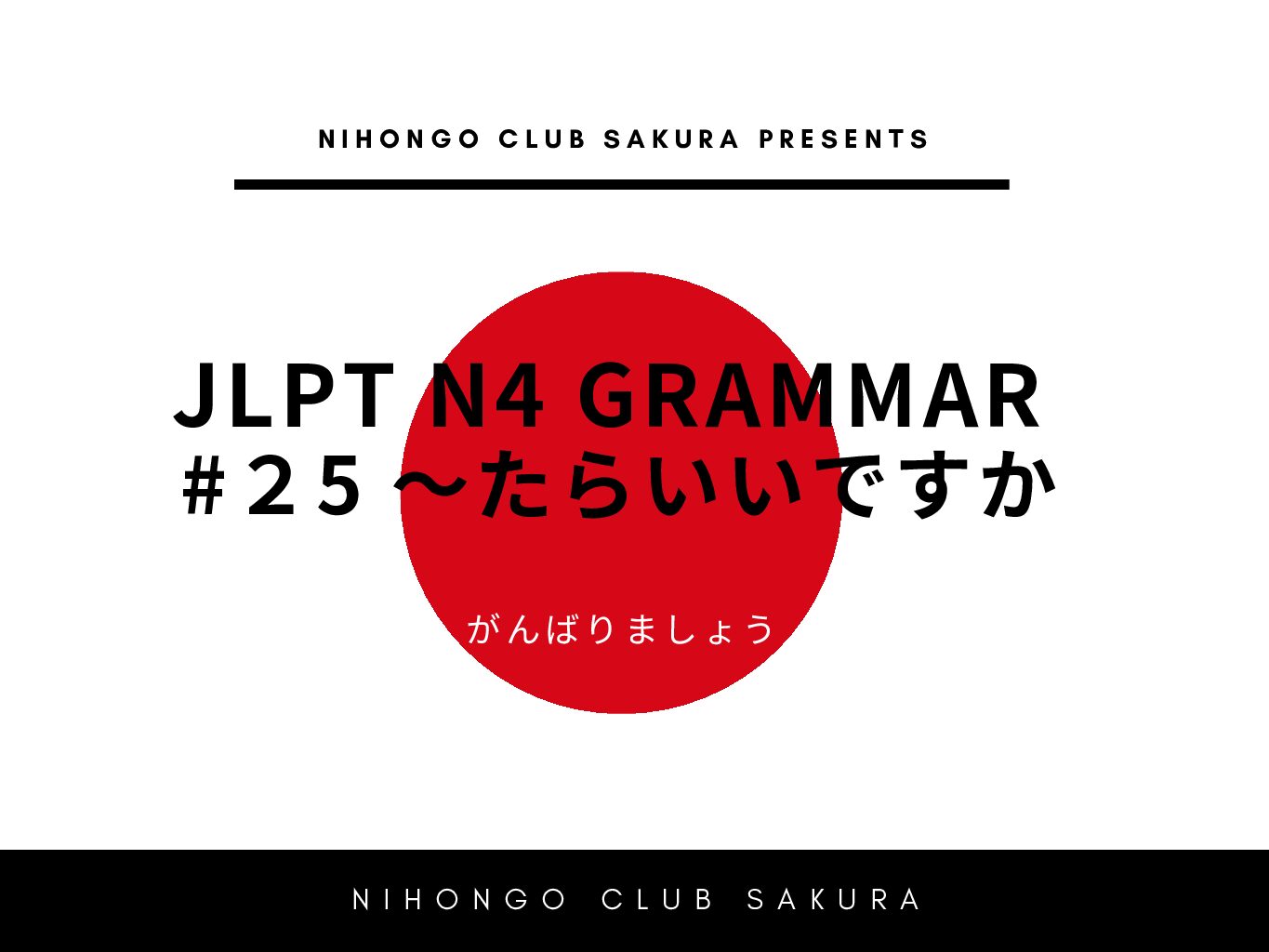 JLPT N4 Grammar Format
JLPT N4 Grammar Format 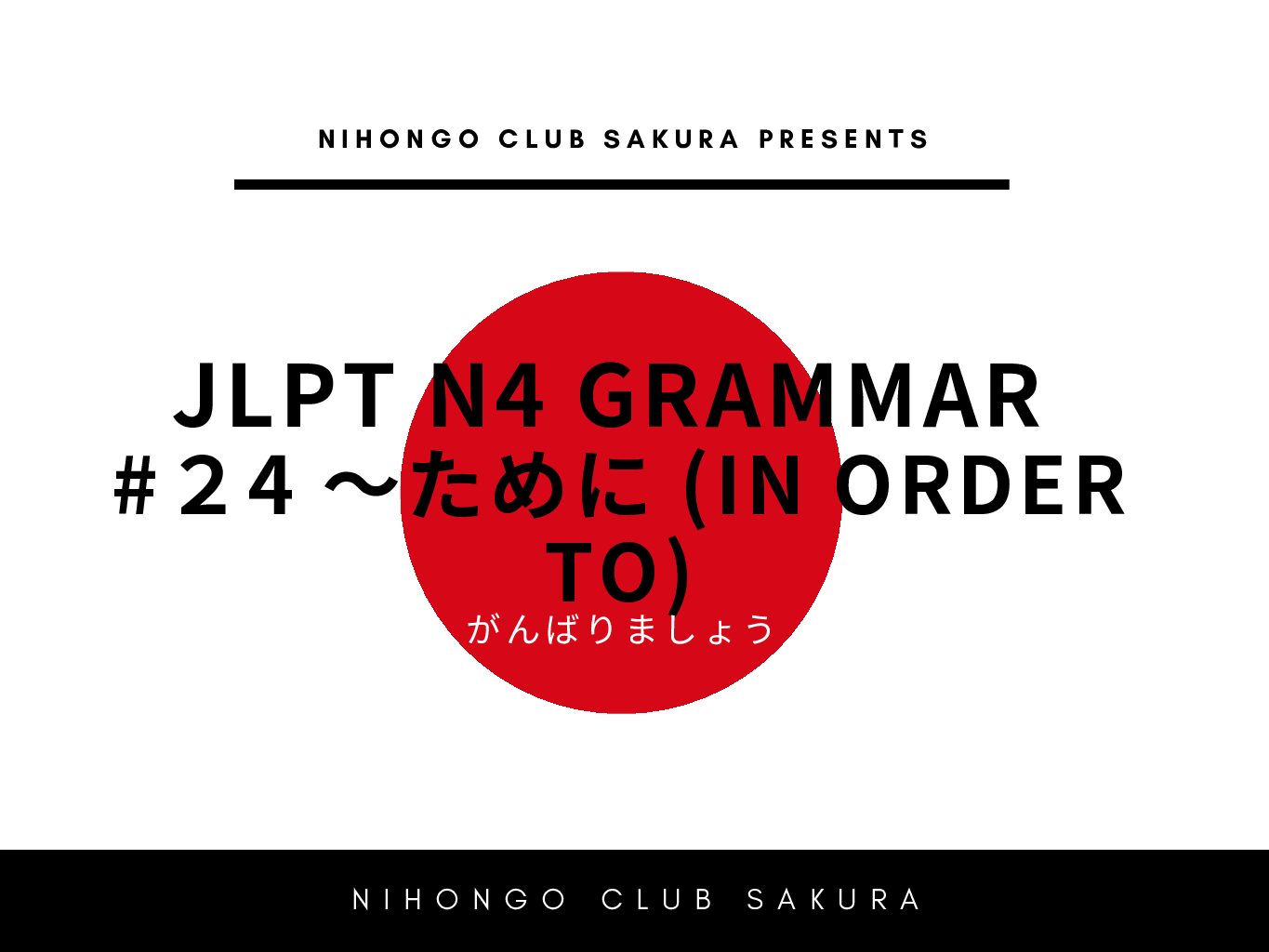 JLPT N4 Grammar Format
JLPT N4 Grammar Format  blog
blog 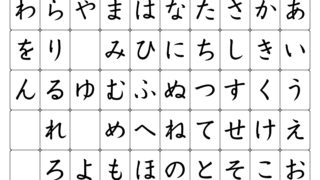 blog
blog  Reading material
Reading material  blog
blog  Reading material
Reading material  Reading material
Reading material